An electric winch is a mechanical device that uses the rotation of an electric motor to lift, pull or pull heavy objects. The core component of the electric winch is the electric motor. When the power is turned on, the electric motor starts to work, converting electrical energy into mechanical energy. In this process, the type of motor can be a DC motor or an AC motor, and the specific choice is based on the application needs and performance requirements.
The rotation of the electric motor is transmitted to the winch drum through the transmission device. The transmission device usually consists of a gearbox, etc., and is designed to convert the power provided by the electric motor into sufficient torque and speed to meet the working needs of the winch. In this way, the electric winch can achieve efficient and stable operation.
As the key component of the winch, the winch drum begins to rotate with the action of the transmission device. The winch drum is usually wrapped with materials such as ropes, wire ropes or chains, and they are responsible for pulling or lifting heavy objects. When the winch drum rotates, these materials are connected to the heavy objects through friction and tension and realize the function of moving or lifting.
In addition, the electric winch is equipped with a control system for regulating and controlling the work process. By operating buttons, remote controls or other control devices, operators can control parameters such as the start and stop, steering and speed of the motor to meet different work needs and operating requirements. The existence of the control system improves the flexibility and operability of the electric winch, making it suitable for application scenarios under various complex working conditions.
Recommended Products
Products provided by famous enterprises are deeply trusted by users.
 TOP
TOP
 ENG
ENG
 English
English русский
русский Español
Español
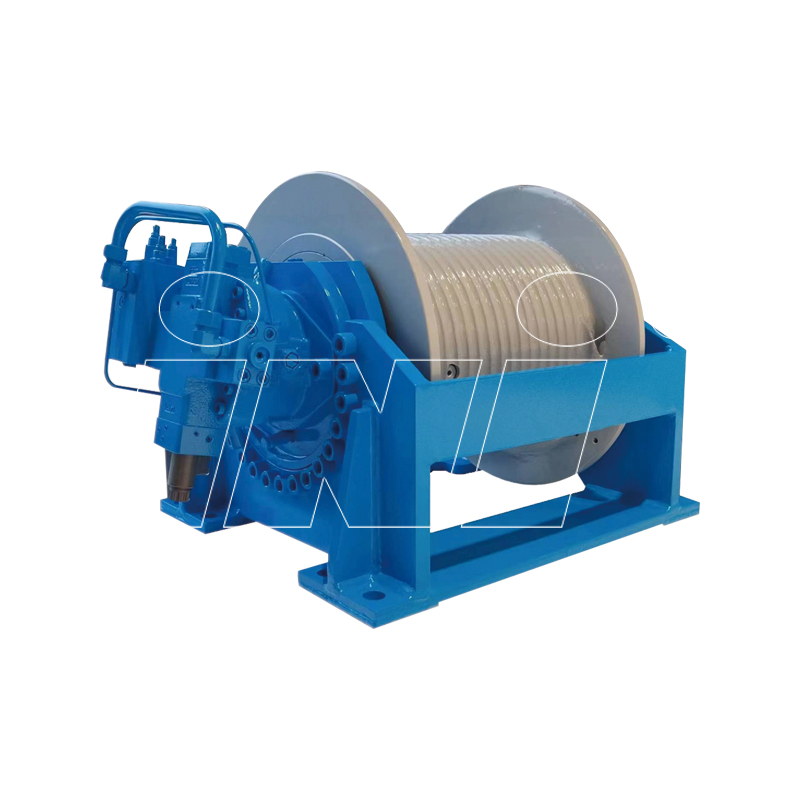
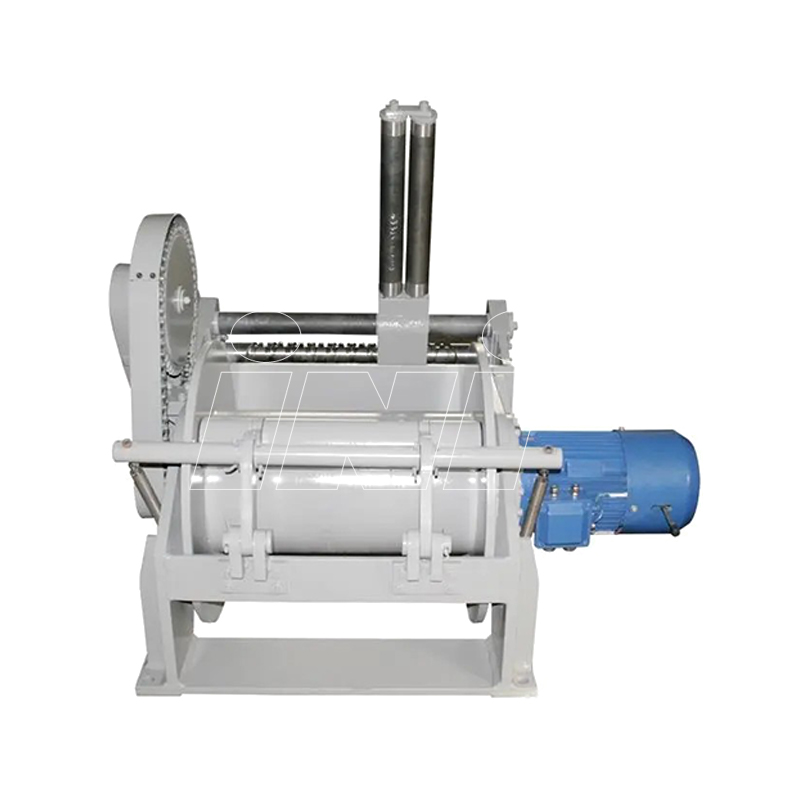
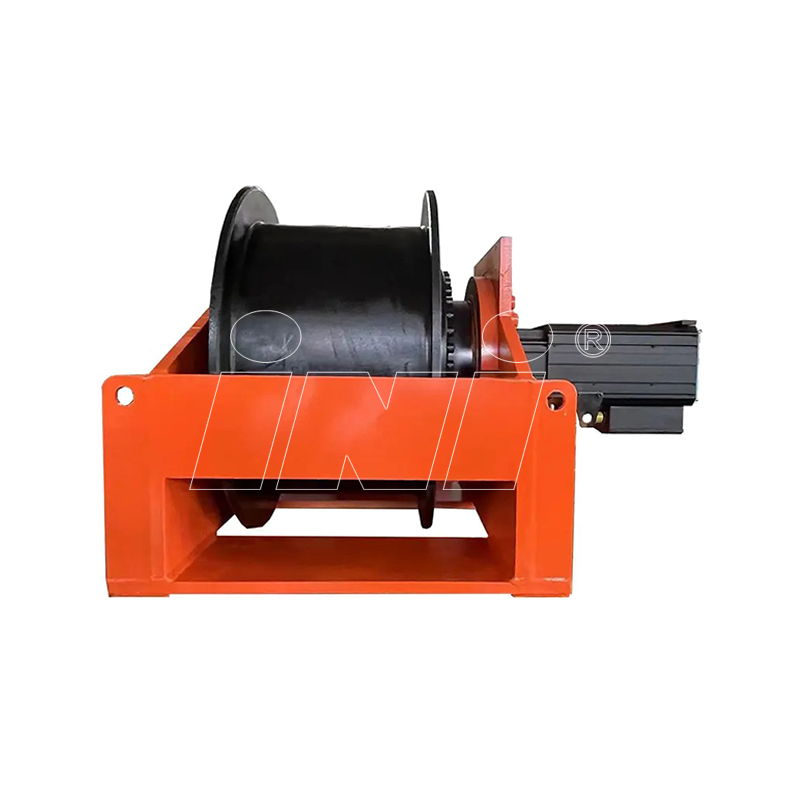

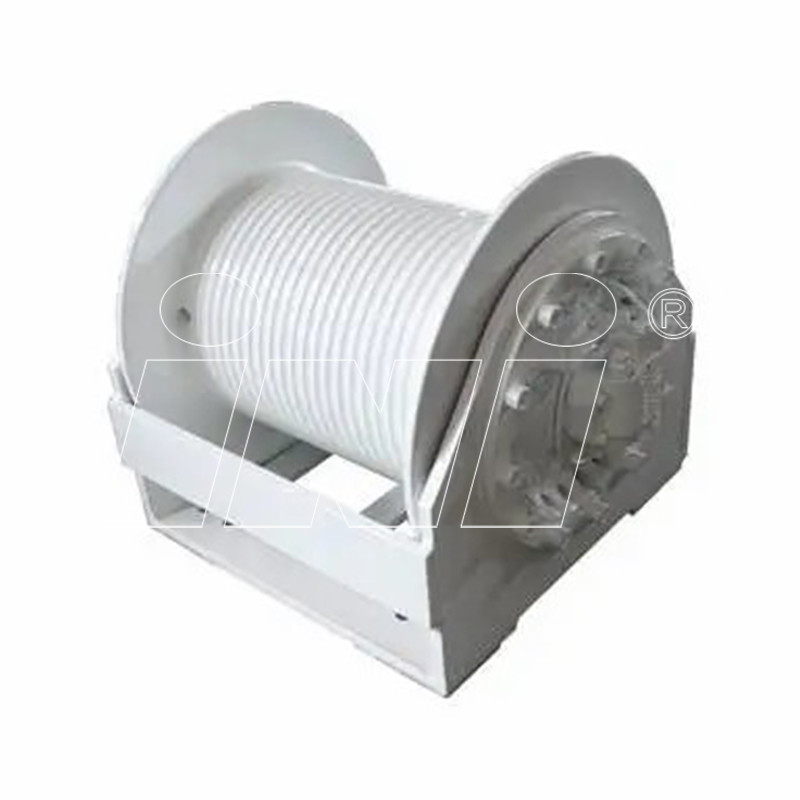
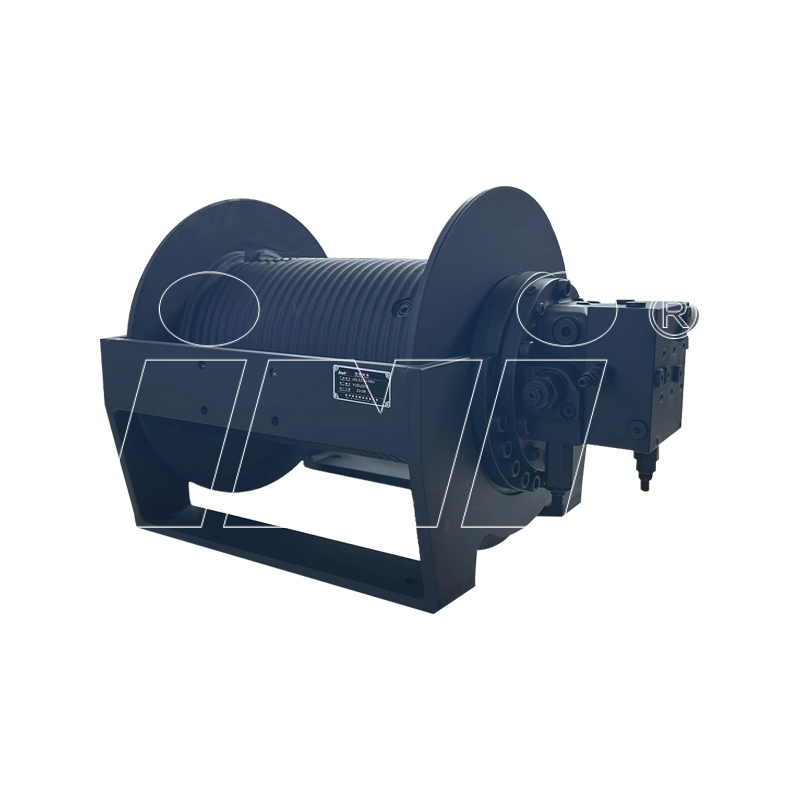
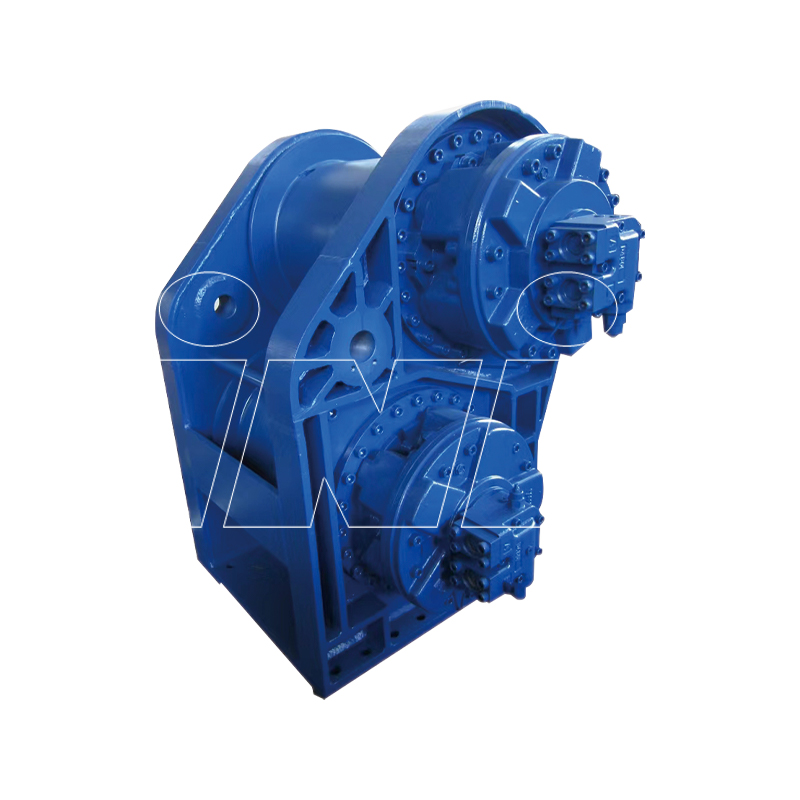

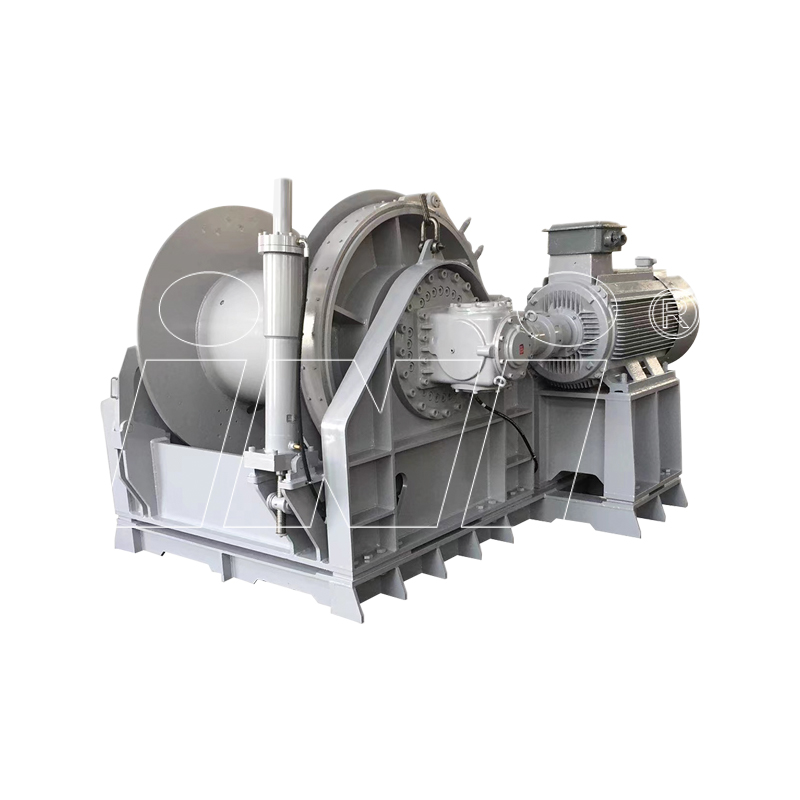





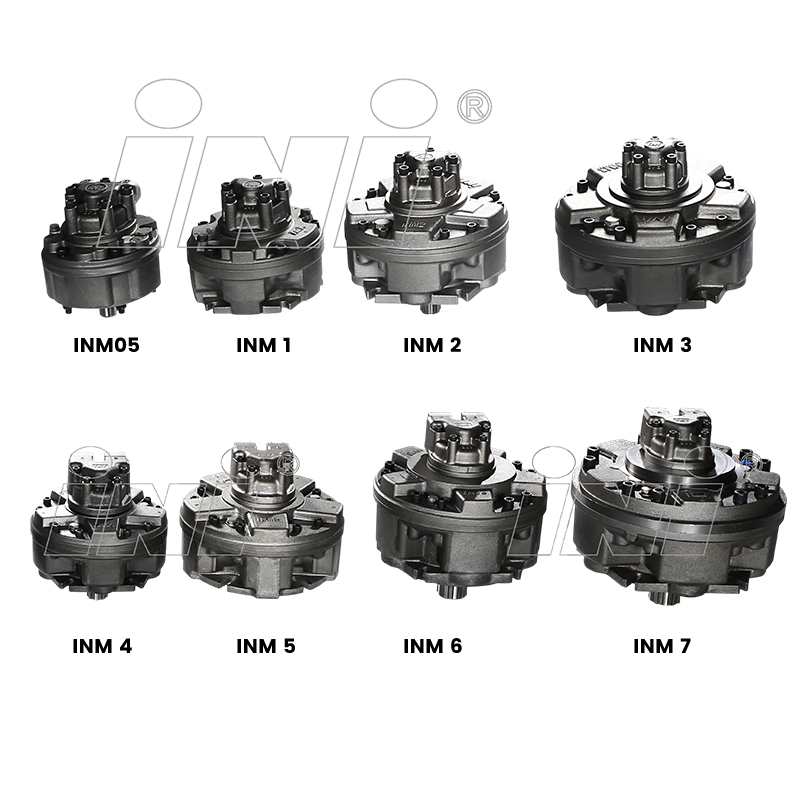

 English
English русский
русский Español
Español